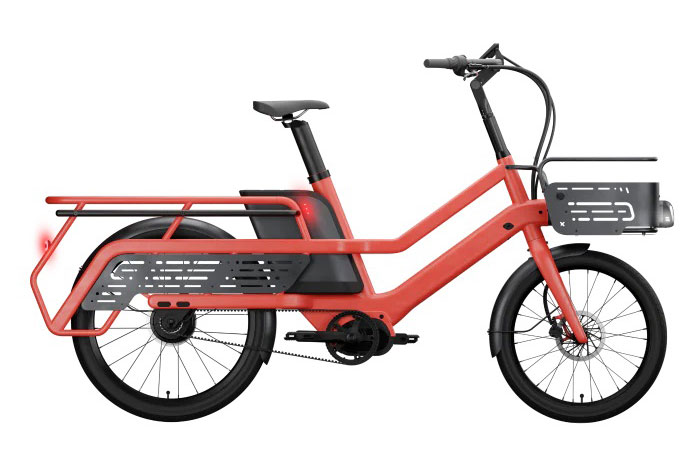
Researchers from Tel Aviv University, Israel, have created a hybrid micro-robot, the size of a single biological cell (about 10 microns across), that can be controlled and navigated using both electricity and magnetic fields. The robot can identify and capture a single cell, opening the door to a wide variety of uses in fields such as medicine and the environment, as well as a research tool.
Inspired by biological micro-swimmers, researchers developed the micro-robot, also called a micro-motor, that can move from place to place and perform various actions autonomously or through external control by an operator.
Micromotor actuation in biological samples by application of a magnetic field has become attractive. It doesn’t require fuel or direct contact between the external magnet and body tissues, can be steered accurately, and is able to operate in a wide range of temperatures and solution conductivities. Electrically powered micromotors offer several advantages, such as unified and selective cargo loading, transport and cargo release, and localized electro-deformation of the cell, but they have some downsides. Now, researchers have combined the two mechanisms.
“The micro-robots that have operated until now based on an electrical guiding mechanism were not effective in certain environments characterized by relatively high electrical conductivity, such as a physiological environment, where the electric drive is less effective,” said Prof. Gilad Yossifon from Tel Aviv University. “This is where the complementary magnetic mechanism comes into play, which is very effective regardless of the electrical conductivity of the environment.”
Researchers assembled the hybrid propulsion system on the micro-robot and demonstrated its capabilities. They used it to capture single blood and cancer cells and a single bacterium and showed that the robot could distinguish between cells with different levels of viability, such as a healthy cell and a cell damaged by a drug.
Once the desired cell is identified, the micro-robot captures it and moves it to an external instrument for further analysis. Another advantage of the hybrid micro-robot is its ability to identify target cells that are not labeled.
“Our new development significantly advances the technology in two main aspects: hybrid propulsion and navigation by two different mechanisms – electric and magnetic,” explains Prof. Yossifon. “In addition, the micro-robot has an improved ability to identify and capture a single cell, without the need for tagging, for local testing or retrieval and transport to an external instrument.”
This research was carried out on biological samples in the laboratory for in-vitro assays, but the intention is to develop in the future micro-robots that will also work inside the body – for example, as effective drug carriers that can be precisely guided to the target, researchers say.
“Among other things, the technology will support the following areas: medical diagnosis at the single cell level, introducing drugs or genes into cells, genetic editing, carrying drugs to their destination inside the body, cleaning the environment from polluting particles, drug development, and creating a ‘laboratory on a particle’ – a microscopic laboratory designed to carry out diagnostics in places accessible only to micro-particles,” concludes Prof. Yossifon.
Journal reference:
- Yue Wu, Sivan Yakov, Afu Fu, Gilad Yossifon. A Magnetically and Electrically Powered Hybrid Micromotor in Conductive Solutions: Synergistic Propulsion Effects and Label-Free Cargo Transport and Sensing. Advanced Science, 2022; DOI: 10.1002/advs.202204931
Hybrid micro-robot can identify and capture targeted damaged cells
Source: Tambay News






0 Comments